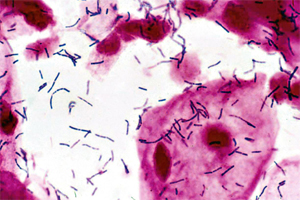Once the work of the stomach is over, the chyme passes on to the duodenum (first part of the small intestine) in small portions through a valve or sphincter dubbed pylorus. In this stage, the mass is called chyle, after being mixed with intestinal juices, bile and pancreatic juices, which neutralize the chyle, leaving it with the acidity level needed for the enzymes present in this intestine to act on it.
Bile, which is a liquid previously stored in the gall-bladder, is carried to this section so that some of its components, the bile salts, can help separate fats into small portions so that the pancreatic enzymes may act upon them. After this process, the chyle, which now has a thinner texture, travels to the medium part of the intestine, known as the jejunum, where it is even decomposed by the intestinal or enteric juice even further.
This process ends at the final section of the intestine known as ileum.
The villi of the intestinal wall absorb the nutrients of this mass (carbohydrates, fats, vitamins and mineral salts) and transport them to the bloodstream, where they are distributed to different organs according to their needs.
This process is known as absorption, since in this area, the intestinal walls have many folds and a great amount of villi, which increase the exchange surface for assimilating the greatest amount of nutrients possible. Each villus has a net of blood and lymphatic capillaries in its inner part that recover the nutrients and carry them to the bloodstream.
Then, the chyle leftovers, such as non-digestible material and water pass on to the first section of the large intestine, known as the cecum. In this section, there are diverse microorganisms (mainly inoffensive bacteria) that form the intestinal flora and attack the fiber’s polysaccharides. In this stage of the process, sugars are released, which are fermented by other bacteria, producing small amounts of organic acids. These acids, along with the non digested waste, are compressed and form feces or fecal matter, which is later disposed of through the anal orifice.








 Muere Evita
Muere Evita